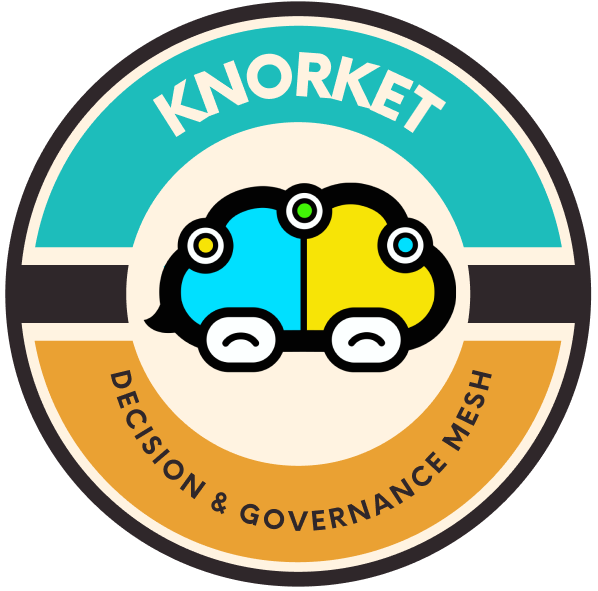In today’s digital world, user experience (UX) is more important than ever. With the rise of smartphones and other devices, users have come to expect a certain level of ease, convenience, and enjoyment when using products and services online. As a result, UX has become a crucial aspect of a successful business, and companies are constantly looking for ways to improve it.
One of the best ways to improve UX is through testing. By testing various aspects of a product or service, businesses can identify areas for improvement and make changes that will enhance the user experience. In this article, we’ll take a closer look at the role of testing in improving UX, and offer some tips on how to get started.
Why is testing important for UX?
Testing is essential for UX because it allows businesses to gather valuable feedback from their users. This feedback can be used to identify problem areas, such as slow loading times, difficult navigation, or confusing content. By addressing these issues, businesses can improve the overall UX of their product or service.
Testing can also help businesses understand their users better. By conducting user research, businesses can learn more about their target audience, including their needs, preferences, and behaviors. This knowledge can be used to create a more tailored and enjoyable experience for users.
Furthermore, testing can help businesses stay ahead of the competition. By regularly conducting UX testing, businesses can identify areas where they have an advantage over their competitors, and focus on improving those areas even further. This can help businesses differentiate themselves from their competitors and provide a better experience for their users.
How to get started with testing
If you’re new to testing, it can be overwhelming to know where to start. Here are some steps you can follow to get started:
1. Define your goals: Before you start testing, it’s important to have a clear idea of what you want to achieve. What are the specific areas of your product or service that you want to improve? Are you looking to increase user engagement, reduce bounce rates, or improve conversion rates? By defining your goals upfront, you’ll be able to focus your testing efforts and measure the results more effectively.
2. Choose a testing method: There are various testing methods you can use to gather feedback from your users. Some common methods include A/B testing, usability testing, and focus groups. A/B testing involves showing two versions of a page to different users and comparing the results to see which version performs better. Usability testing involves having users perform specific tasks and providing feedback on their experience. Focus groups involve gathering a group of users and discussing their experiences with a product or service.
3. Create a testing plan: Once you’ve chosen a testing method, it’s time to create a testing plan. This plan should outline the specific steps you’ll take to conduct the testing, including who will be involved, what will be tested, and how the results will be analyzed. It’s also important to establish a timeline for the testing, so you can ensure that it’s completed in a timely manner.
4. Conduct the testing: Once your testing plan is in place, it’s time to conduct the testing. This involves implementing the plan and gathering the feedback from your users. Depending on the testing method you’ve chosen, this may involve setting up a website or app for A/B testing, recruiting participants for usability testing, or organizing a focus group.
5. Analyze the results: After the testing is complete, it’s important to analyze the results carefully. This involves looking at the feedback you’ve received from your users and identifying areas for improvement. It’s also important to compare the results to your initial goals, to see how well the testing has met your objectives. By analyzing the results, you can gain valuable insights into your product or service, and identify specific changes that will improve the user experience.
6. Implement changes: Once you’ve analyzed the results of your testing, it’s time to make the necessary changes. This may involve updating the design of your website or app, revising the content, or making other modifications to improve the user experience. It’s important to prioritize the changes that will have the biggest impact, and to make sure that they are implemented properly.
7. Test again: After you’ve made the changes, it’s important to conduct another round of testing to see how well they have improved the user experience. This will help you confirm that the changes are effective and identify any further areas for improvement. By regularly conducting testing, you can ensure that your product or service is constantly evolving and improving.
Tips for successful testing
Here are some tips to help you conduct successful testing:
1. Involve your users: It’s important to involve your users in the testing process. This means not only gathering their feedback, but also involving them in the decision-making process. By involving your users, you can gain valuable insights into their needs and preferences, and create a user experience that truly meets their needs.
2. Be objective: It’s easy to be biased when analyzing the results of your testing, especially if you’re passionate about your product or service. But it’s important to be objective and look at the data objectively, without letting your personal opinions cloud your judgement. This will help you identify areas for improvement more accurately.
3. Don’t be afraid to make changes: Testing is all about making improvements, so don’t be afraid to make changes based on the feedback you receive. Even if the changes are significant, they can greatly improve the user experience and ultimately benefit your business.
4. Follow best practices: There are established best practices for conducting testing, and it’s important to follow them in order to get the most accurate and reliable results. This includes using a representative sample of users, ensuring that the testing conditions are consistent, and using appropriate statistical methods to analyze the data.
Conclusion
Improving the user experience is crucial for businesses in today’s digital world. By conducting regular testing, businesses can gather valuable feedback from their users, identify areas for improvement, and make changes that will enhance the user experience. By following the steps and tips outlined in this article, you can get started with testing and start improving the user experience for your own product or service.

